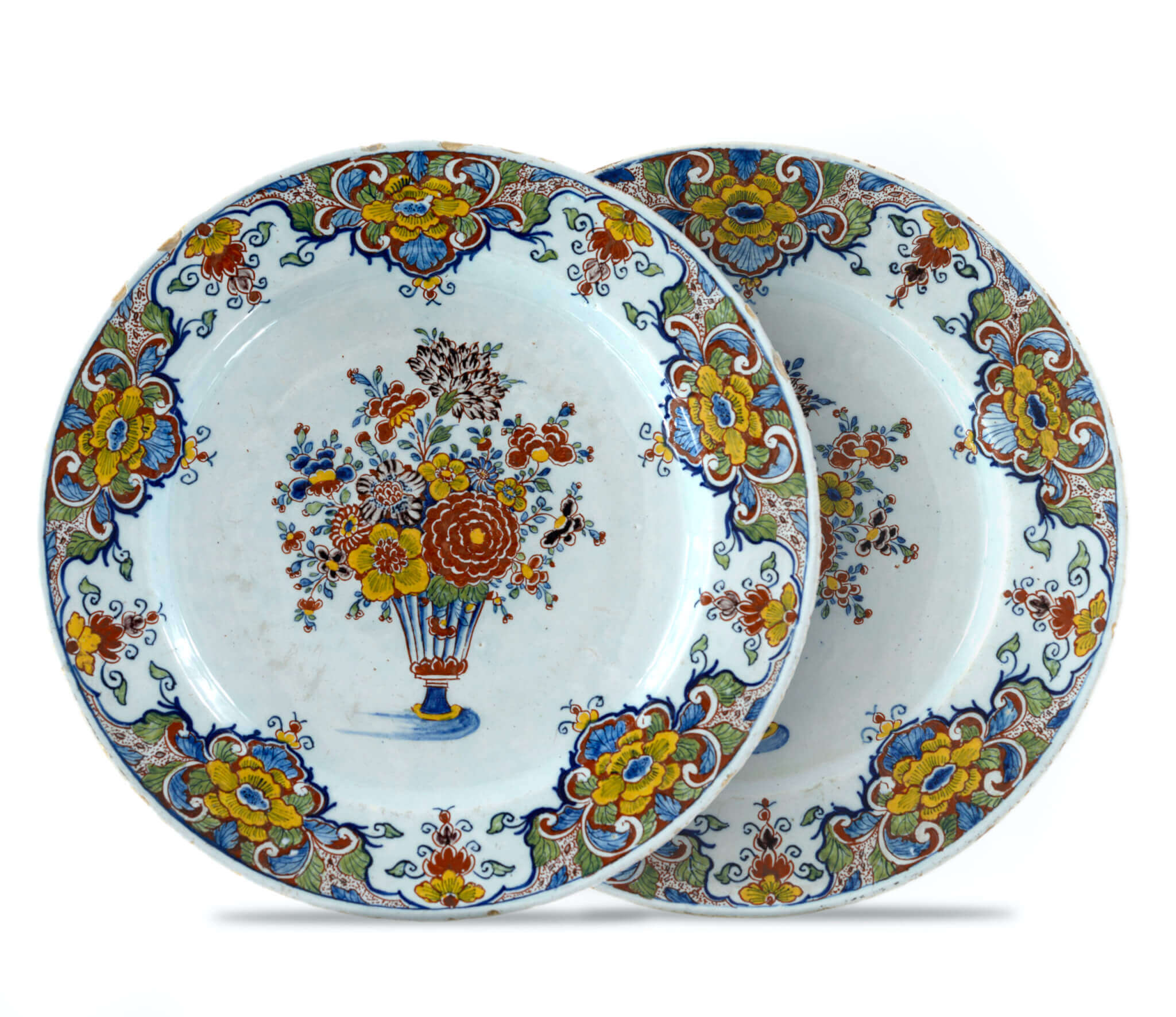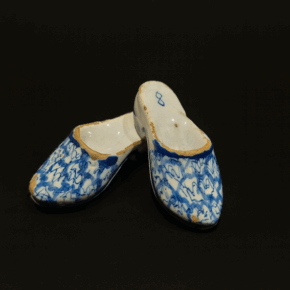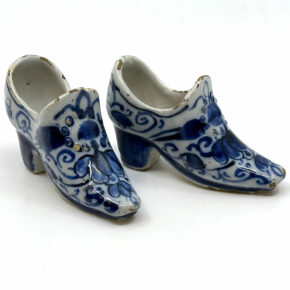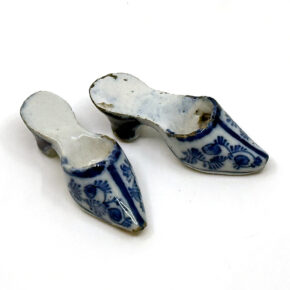
[popup_trigger id=”13756″ tag=”span”]![]() [/popup_trigger]
[/popup_trigger]
Images on this website are licensed under a
Creative Commons Attribution-NoDerivs 3.0 Unported License.
OBJECT
•D2043. Pair of Polychrome Plates
Delft, circa 1765
Each painted finely with yellow, iron-red, manganese, green and blue in the center with a lush arrangement of flowers and foliage in a fluted vase, the rim with an elaborate border of stippled lappets, blossoms and foliate scrolls.
Dimensions
Diameter: 26 cm. (10.2 in.)
Provenance
The Anton F. Philips (1874-1951) Collection, Eindhoven, and thence by family descent
Note
The representations on plates are varied, and often reflect contemporary concerns and tastes. Many motifs depicted on Delftware are inspired by canvas paintings or prints, which were sometimes made after original paintings. The print could be used as a pouncing stencil in order to reproduce the motifs. Since the study of botany and natural sciences was a growing interest in the Netherlands during the seventeenth and centuries, it is no surprise that the Delft painters often chose this beloved decoration for their objects. The Delftware floral plates reflect this national passion for flowers and nature.
Flower vases, or so-called flower pots, have a long pictorial tradition in the Netherlands. During Holland’s Golden Age, still life paintings of flowers and fruit ‘blossomed.’ The most famous Dutch floral still life painters include Jan Brueghel the Elder (1568-1625), Roelant Savery (1576-1639), Ambrosius Bosschaert the Elder (1573-1621) and his sons, Bartholomeus Assesteyn (1607-ca.1667), Balthasar van der Ast (1593/94-1657), Willem van Aelst (1627-ca. 1683), Jan Davidsz. de Heem (1606-1683/84), Simon Pietersz Verelst (1644-1721) and Rachel Ruysch (1664-1750). Engravers turned the lush bouquets of these renowned artists into prints, which were then available to other artists and artisans to be reproduced in other mediums. The Delft painters worked often from prints of both unknown and well-known artists, often portraying their subjects with precision and imagination.





